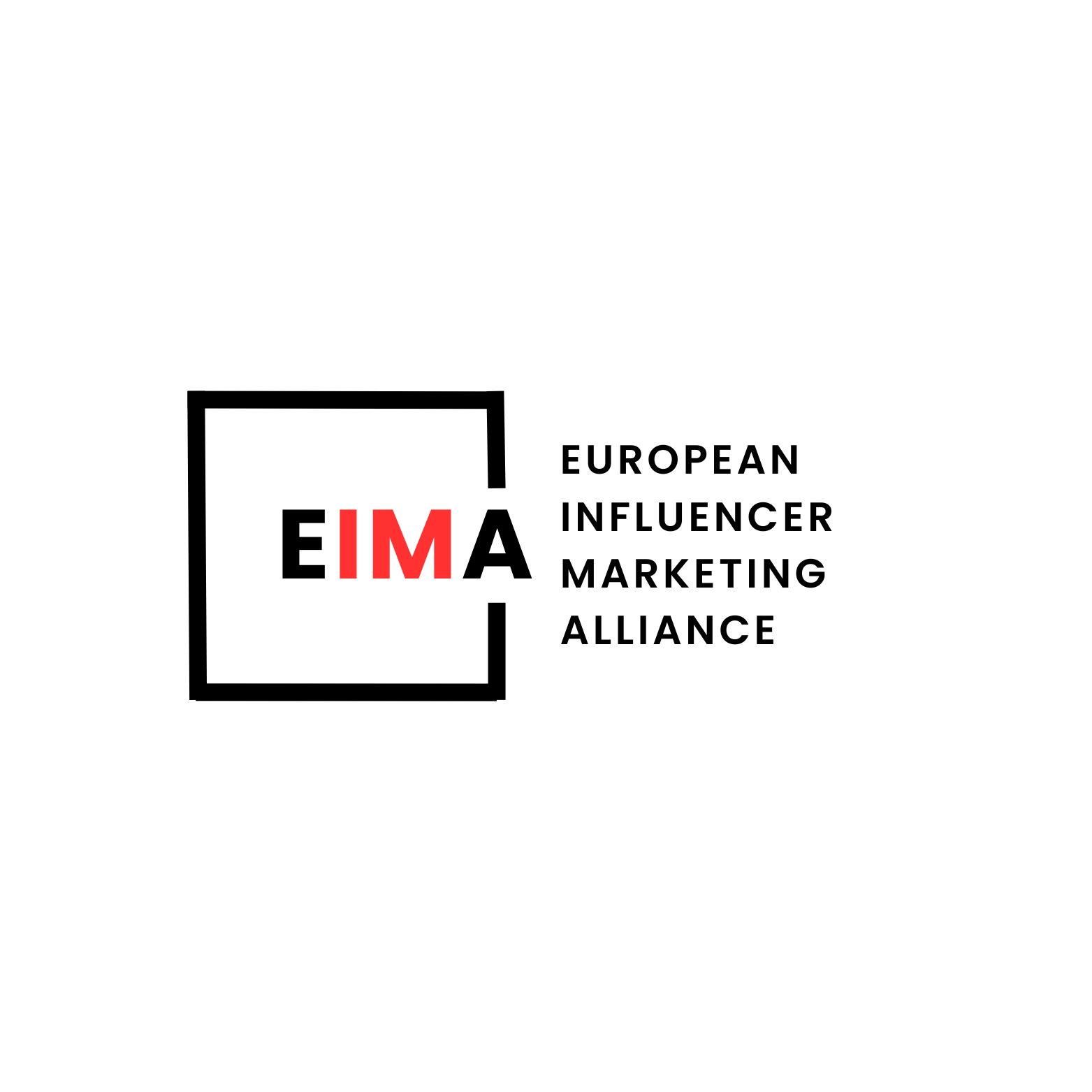Europe’s new influencer marketing alliance aims to address ad disclosure concerns

A new European alliance of influencer marketing bodies is keen on improving the burgeoning creator economy’s self-regulatory standards and procedures across the continent.
Last week, creator economy trade bodies from the UK, France and Germany formed the European Influencer Marketing Alliance (EIMA): Influencer Marketing Trade Body (UK), Union des Métiers de l’Influence et des Créateurs de Contenus (France) and Bundesverband Influencer Marketing (Germany).

The goal of EIMA is to share local expertise on influencer marketing standards and best practices across Europe, as well as to bring a unified voice to regulators, legislators, academics and the media amid increased growth and scrutiny of the influencer marketing industry.
The newly formed group has joined the European Advertising Standards Alliance, a network of self-regulating advertising industry bodies, as an associate member.
Growth comes with scrutiny
Scott Guthrie, director-general of the Influencer Marketing Trade Body, said the formation of EIMA comes “at a good time” given expectations of increased regulatory scrutiny. Belgium, which held the European Union presidency from January to June, has repeatedly called for broader, EU-wide regulations of the influencer market.
The global influencer marketing industry was worth an estimated $21bn in 2023 and some estimates expect it to more than double by 2028. Such growth has drawn increased attention from the broader advertising industry. At the Cannes Lions International Festival of Creativity this year, a new Creator Pass was created to attract more influencers to the event.
According to one festivalgoer with knowledge of the estimated attendance, there were three times as many influencers at Cannes this year than in 2023.
Writing in the Harvard Business Review earlier this year, social media analyst Emily Hund recognised the industry’s strong growth but warned that it has “several major problems”, including “little professional cohesion and inconsistent consequences for unfair play”.
“The influencer industry is a space for both entrepreneurship and exploitation, connection and harassment, truth and falsehood, self-expression and harm, encountering new ideas and finding comfort in familiar biases,” Hund wrote.
She recommended the industry improve the capacity to share best practices and set policy standards, including through the formation of more robust trade organisations.
“There was a little prescience that this would happen,” Guthrie told The Media Leader. “And here we are.”
Ad disclosure issues a key pressure point
According to Guthrie, a key aspiration for EIMA is to conduct large-scale “sweeps” of creators across Europe to find out how many are properly adhering to advertising disclosure regulations.
One sweep of 576 European influencers across 24 countries conducted earlier this year found just 20% revealed when they were posting ads, despite 97% posting commercial content.
In the UK, it has been illegal for brands and influencers to post paid content without a disclaimer since 2008.
While Guthrie did not express scepticism of the sweep’s findings, he suggested that much larger sweeps would be useful to gauge the full scope of the problem.
“We need to have meaningful data,” said Guthrie. “Academics use those figures to damn the industry. Politicians use those statistics to damn the industry. I don’t think [that study] is broad enough. I’m not distrusting of the results; I just don’t think they’re sufficiently broad enough and deep enough to understand the problems.”
Guthrie cited the additional need to break out representative data by country, vertical and platform. For instance, he would be curious to know if failing to comply with ad disclosures is more common in certain markets or among, say, travel influencers on TikTok versus cosmetic influencers on Instagram.
“The results might be the same [as prior studies],” he continued, “but at least we would know more.”
Guthrie added that EIMA could help facilitate a discussion about harmonising disclosure policies across Europe. Currently, there are inconsistencies across markets in terms of what constitutes an ad disclosure by an influencer. For example, influencers in Ireland can disclose using the term “gifted”, but this is not true in the UK. Similarly, some but not all countries allow “#ad” as a form of disclosure.
Need for guardrails
Through EIMA, Guthrie is confident that attempts to standardise policies and best practice across European markets will be easier to put in motion. This is true of not just concerns around ad disclosures, but other pressing issues related to influencer marketing including AI influencers, misinformation, greenwashing and “kidfluencers”.
Kidfluencers, or underage influencers who are generating significant engagement and revenue on social media, are not adequately legally protected in many countries. A 2022 report from the UK House of Commons culture committee raised concerns over the prevalence of kidfluencers in the UK, with witnesses reporting some children being used by parents to capitalise on the growing influencer market.
Unlike, for example, child actors, Guthrie described few guardrails in the UK to protect against labour exploitation or whether the child or their parent or guardian is entitled to shares of revenue generated.
France, which passed a law to protect kidfluencers in 2020, could therefore be used as a model. According to Guthrie, EIMA could help to facilitate greater communication of learnings and principles to other countries’ trade bodies so they need not “start from scratch”.




